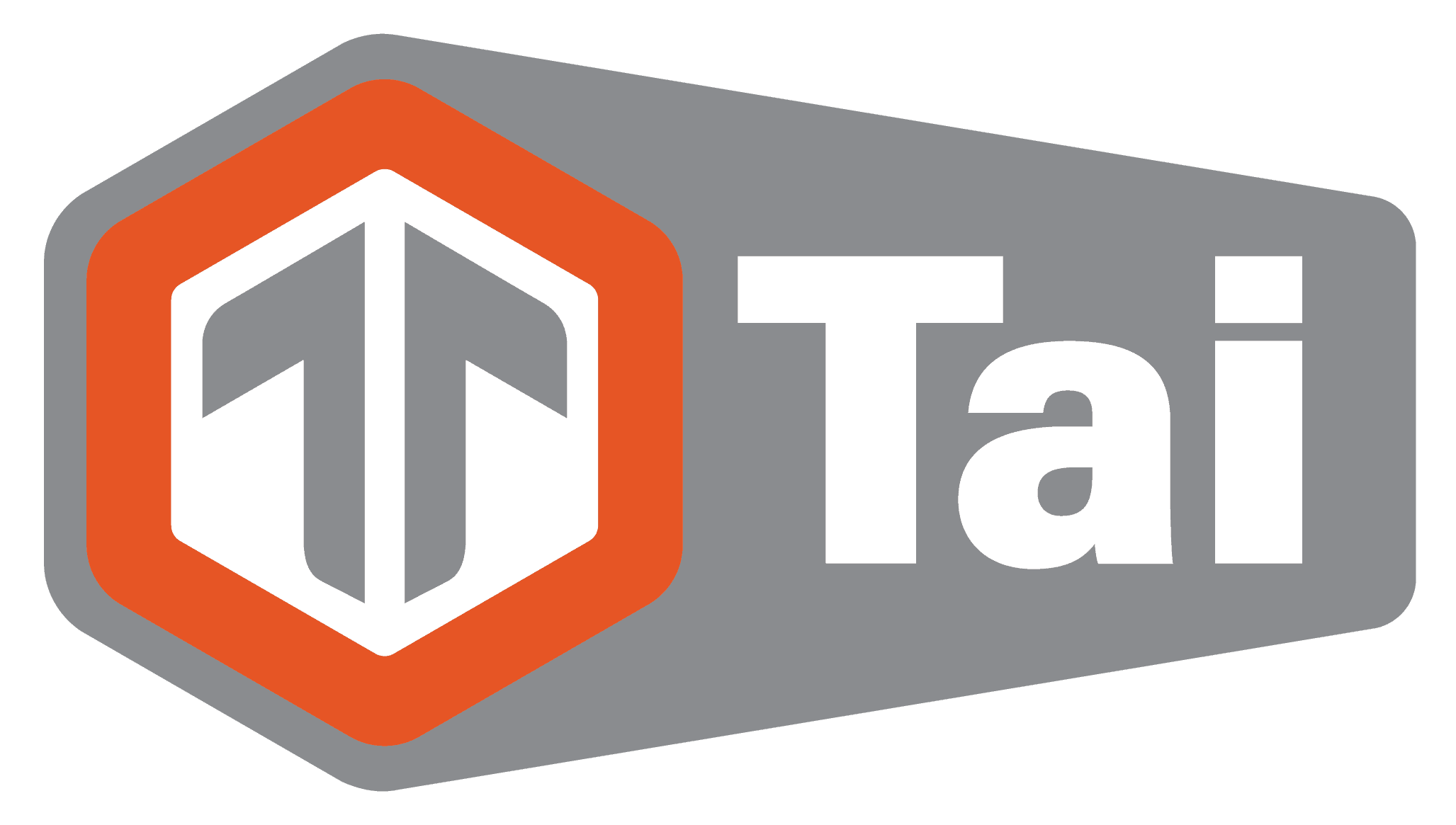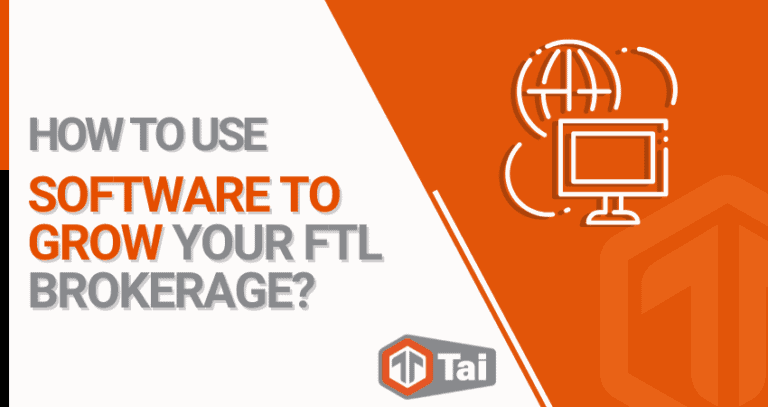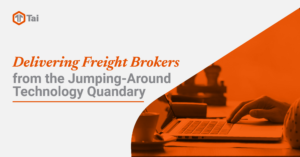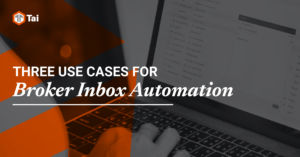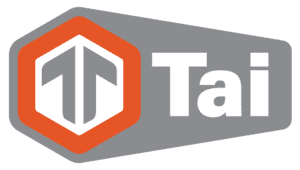Today’s ever-increasing digital business environment is dominated by connectivity. Digital workflows are streamlining processes and freight transactions everywhere in the transportation industry. From posting loads to onboarding carriers, managing documents, proper invoicing, tracking shipments, and everything else in-between, freight brokerages need to use a wide range of tools to keep everything together and ensure that daily operations are running smoothly.
One of the essential tools a freight brokerage firm may invest in is a transportation management system (TMS). Nevertheless, telematics and other cloud-based business applications give 3PLs and brokers the data needed to make intelligent business decisions and work together with their supply chain business partners. However, with this, load coverage still remains inefficient.
On average, it takes a freight broker about seven phone calls to find a qualified carrier, with each call generally taking about two minutes. This means that for around 15 loads that need covering, the core team will have spent approximately four hours on the phone.
From the other perspective, small carriers and owner-operators work with approximately 18 different freight brokers every month. They are looking for professional and reliable transportation intermediaries that offer a transparent process from load posting to invoicing.
Modern technology in the form of automation, artificial intelligence, machine learning, “book-it-now” applications, cloud technology, blockchain, and others, may seem disruptive in the freight industry that’s heavily reliant on human interaction. Yet, there’s the potential to speed up daily operations and routine tasks, increase accuracy, lower, and even eliminate errors in order for the brokers to focus on more business-critical areas.
Below are several areas where freight brokers should focus their attention to learn how to use software solutions to grow their business.
For Improving Freight Visibility
Knowing the location and status of a shipment is essential, particularly when a delayed or off-schedule load threatens to disrupt the customer’s operations. While consistently being on time is crucial to any well-performing shipping process, timely notifications are equally important when a shipment is running behind.
To eliminate the need for regular driver check-in calls, load tracking technology, in the form of geofencing and GPS, is required. Shipment tracking also automates the notification process for truck arrival and departures. This provides freight brokers with additional information needed when customers ask them about each cargo load.
As technology evolves, shippers will also want to be kept in the loop regarding their transports in the form of real-time location, status information, exception alerts, proof of delivery, and more. They also may want to have enhanced visibility into costs and performance, ensuring that rates, fees, and accessorial charges are applied fairly.
Such levels of visibility can, however, prove to be a significant challenge for freight brokers and other 3PLs who are tracking hundreds of loads tendered across dozens of trucking companies that are using a wide variety of different systems. Fortunately, there are several freight software products that can help freight forwarders, 3PLs, and freight brokers improve their supply chain visibility.
TMS
In the past, only a handful of freight brokerage companies have used a TMS and only to access capacity and for load tendering. Freight broker TMS solutions have significantly improved their features since then. Today’s cloud-based transportation management system is a go-to centralized platform for everyone in the organization, from sales reps, executives, logistics managers, accounting teams, freight intelligence analysts, and more.
In addition, shippers and carriers can connect to a cloud-based transportation management software through an API or a third-party app to check their load status or pull data to use as their freight intelligence for reporting and analytics purposes. Tai Software is a cloud-based solution that dramatically enhances shipment visibility, increasing customer experience while minimizing the risk of theft.
ELDs
The Electronic Logging Device (ELD) mandate requires that most over-the-road truck drivers use a device to record the on-duty and off-duty time automatically. ELDs use telematics to communicate this data. The ELD rule has been a significant factor that has pushed the adoption of telematics among commercial fleets.
Through GPS, cloud technology, and cellular networks, ELDs allow carriers to share their location data and driving time availability with freight brokerages, load boards, shippers, and other supply chain stakeholders.
Mobile Apps
Nine out of ten truck drivers use their smartphones while on the job, primarily for navigation, calling, and texting. Freight broker applications such as Tai Software’s Mobile App, allows carriers to find, bid on, and accept loads, with no constant phone calls back and forth. In some cases, carriers can also choose to share their location with the freight broker through the app or agree to use it to scan and send PoDs and other documents.
With all three types of digital technologies used above, brokers would still have access to any real visibility without the carrier’s trust that their data will remain secure and used responsibly. Nor will they most likely agree if there are no tangible benefits to be had.
For example, a carrier may be more willing to share their ELD data if it is also used to recoup detention time or have a load automatically tendered and aligned with the driver’s next destination.
For Streamlining Load Tendering
Digital brokerage businesses that offer a “book-it-now” option for freight tendering have experienced a great deal of growth by prioritizing the simplification, optimization, and automation of many of their processes.
Such an approach eliminates drawn-out searches and negotiations, allowing brokers, freight forwarders, and other 3PLs to focus on strategy building, problem-solving, and personally communicating with drivers and shippers.
To be an effective service provider, freight brokers often need to put themselves in their customers’ shoes. From a shipper’s point of view, several steps go into the freight process. These include the following:
- Either through the broker’s website, an API, or TMS integration, shippers will enter their pick-up and delivery address, preferred transit times, and other details regarding the load. They then hit the “request quote” button, and an algorithm will produce a rate and a list of carriers will generate who are available and meet their requirements.
- When the carrier accepts the load, the shipment details and relevant documentation will be wired to the driver. The load is tracked using a mobile app on the driver’s smartphone or tablet, while status and exception alerts are available via text and/or email. There’s no need for anyone involved to place a phone call unless there’s an issue that needs to be immediately addressed.
- Finally, when they get their electronic invoice, they can pay for the shipment via credit card.
To cover every load that comes their way, freight brokers need to have access to a significant scale and relationships with properly vetted freight haulers. This is a top challenge among most freight brokerage businesses since many still source their capacity from traditional load boards and the spot truckload freight market.
Digital freight brokers have sometimes been compared to ride-hailing services in terms of their potential to transform commercial truck transportation.
For Digital Workflows
Increased load visibility and optimized load tendering are essential building blocks to an efficient digital workflow. The next step for freight brokerage businesses is to automate their paper-based and manual processes, streamlining document exchange between themselves, carriers, drivers, and shippers. Digitizing this part of the process will also make for optimal functionality by increasing accuracy, minimizing or even eliminating human errors, and increasing document security.
- Document Capture – With the right tools, freight brokerage businesses can receive, digitize, and catalog carrier documents directly into their TMS system using a single format. The result will be faster cash flow through decreased billing timeframes and days of sales outstanding (DSO).
- Extracting Data – Technology such as optical character recognition (OCR) can verify different types of documents, extract data, and reconcile shipment details with the appropriate documentation.
- Automated Invoicing – This process makes it easier to generate and distribute invoices with the correct documentation. It’s also possible to automate receipt validation for accessorials and other expenses.
- Payment Processing – Automating payment processing can eliminate much back-office work and optimize cash flow. Through Quick Pay, brokers can also pay their carriers faster than the usual pay cycle for a discount. Quick Pay is convenient since load dispatching and payment come from the same source. There’s also no contract or minimum volume because factoring arrangements are between the broker and factoring organization. Many brokers will indicate if a load is credit-approved and available for Quick Pay the moment it’s posted onto the load board.
Providing shippers with clear, complete, and accurate bills of ladings, invoices, and other records is critical to ensure that funds can be sent to carriers quickly and without problems. To grow their FTL brokerage, businesses should use the software in a way that enhances transparency and collaboration with shippers, carriers, and drivers. With more freight visibility, optimized load tendering, and digital workflows, brokers can create more efficient supply chains, longer-lasting business relationships, and better customer service.
Tai Software is a freight broker solution that provides users with all the features necessary to manage their loads. It’s a cloud-based software that uses Artificial Intelligence (AI) to facilitate freight brokers and other stakeholders with a centralized location from which they can automate their shipping, rating, and accounting processes.
Load boards and carriers are integrated directly into Tai TMS, so the broker isn’t jumping from platform to platform to stay connected. In doing so, Tai Software makes it that much easier for freight brokers to scale their operations and stay ahead of the competition. Request a free demo today!
